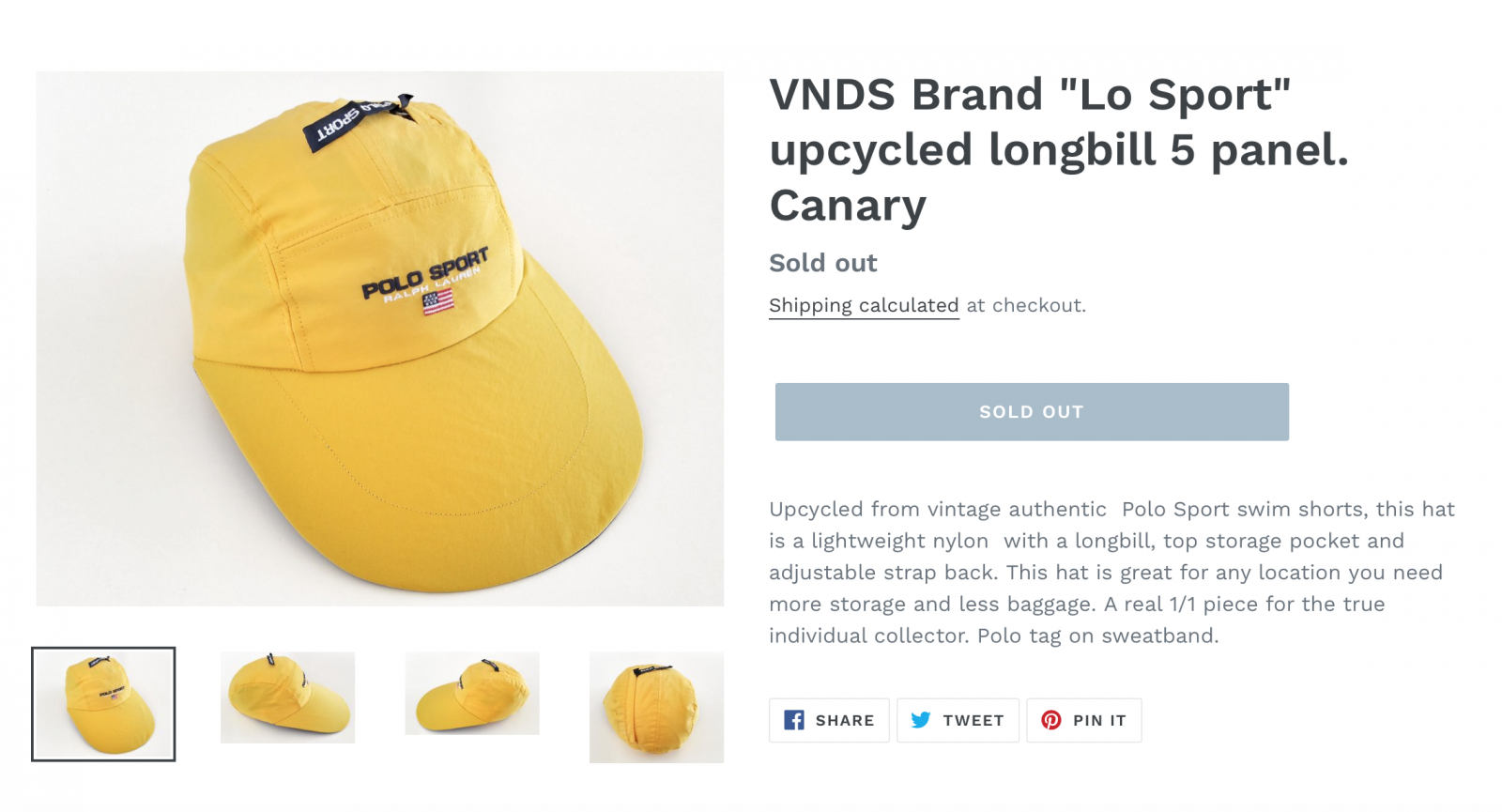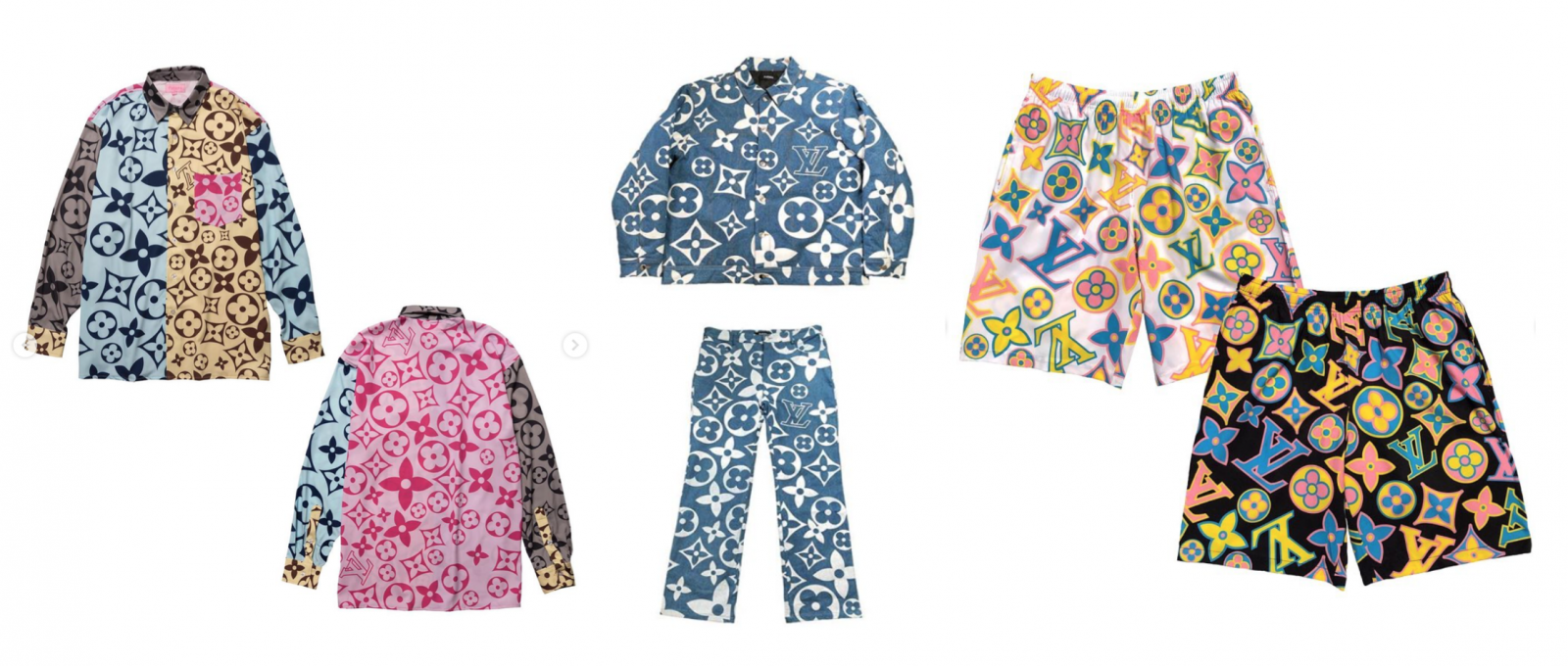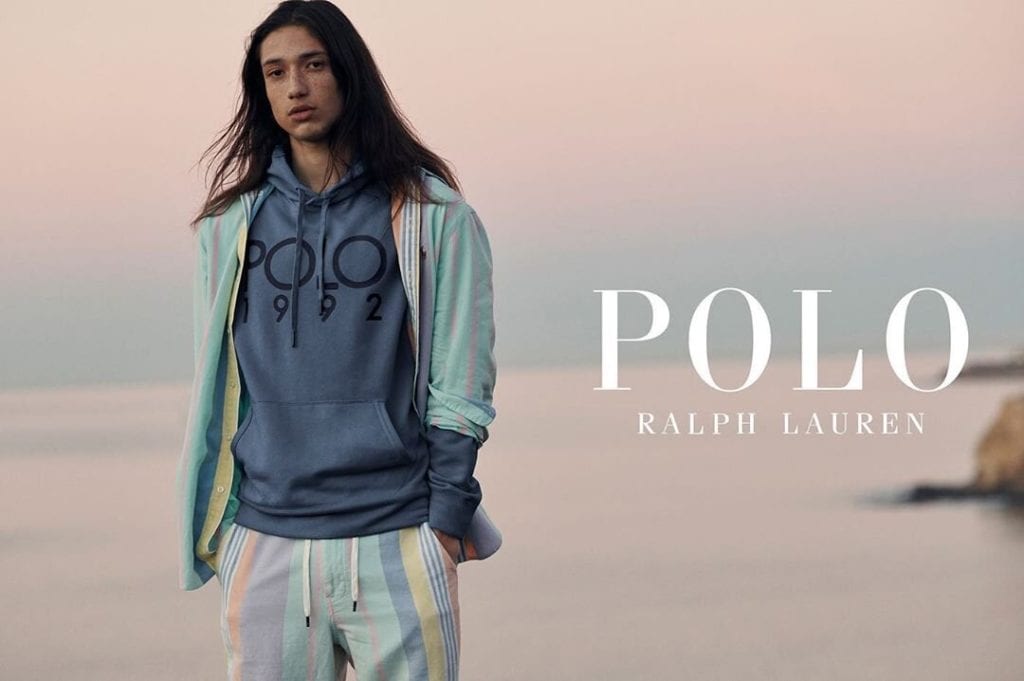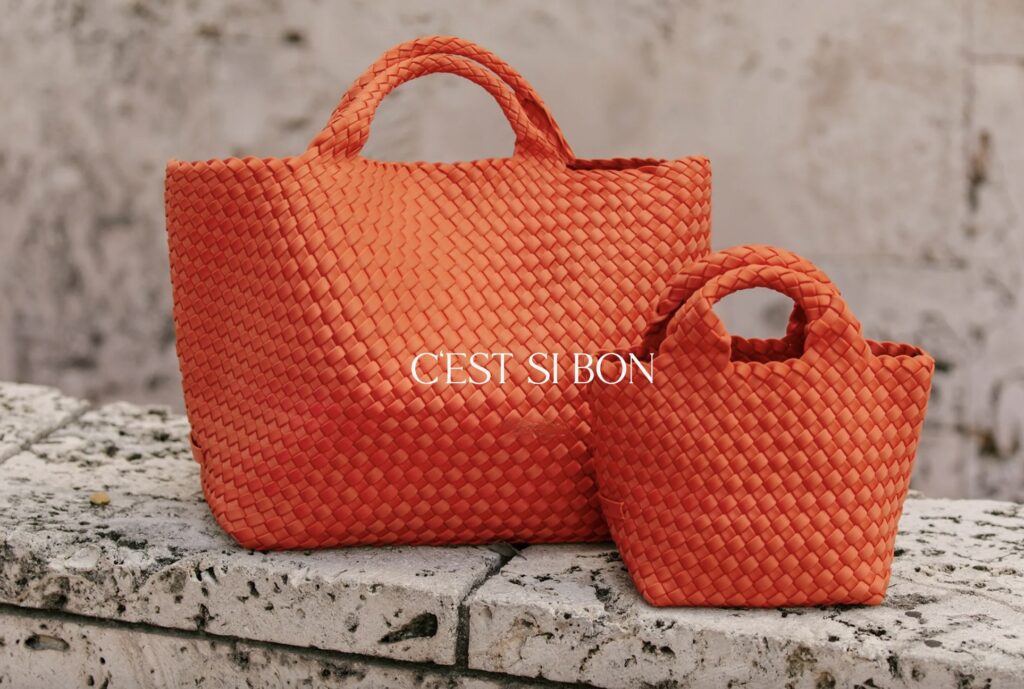A Los Angeles-based company’s “retro inspired custom apparel and accessories” have landed it on the wrong side of the law. In a lawsuit filed this week in a federal court in California, Ralph Lauren claims that VNDS Los Angeles is on the hook for trademark infringement and counterfeiting as a result of its “design, manufacture, distribution, advertisement, marketing, offering for sale, and sale of clothing [that] infringes upon [Ralph Lauren’s] rights” in its famous name, “Polo” trademark, and well-known logo.
According to its complaint, Ralph Lauren claims that it “is a multi-billion dollar operation,” and its trademark-bearing “products are among the most popular of their kind in the world.” With that in mind, by making “willful, intentional and unauthorized use of Ralph Lauren’s trademarks” and by introducing the allegedly infringing products – from swim trunks and t-shirts to hats and duffle bags – “into the stream of commerce in an effort to exploit Ralph Lauren’s reputation,” VNDS Los Angeles has engaged in trademark infringement and counterfeiting, counsel for the 53-year old New York-headquartered brand claims.
“Ralph Lauren has not granted a license or any other form of permission to [VNDS] with respect to any of its trademarks, or other intellectual property,” and so, by selling the goods at issue, Ralph Lauren argues that VNDS – an acronym for “very nearly dead stock,” which refers to stock that never sold and is in new condition – is “likely to cause and is causing confusion, mistake, and deception as to the origin and quality of the counterfeit Ralph Lauren products among the general public,” thereby, running afoul of the law.
At first glance, this might seem like an open-and-shut counterfeiting case. However, it is a bit more interesting than that due to the fact that at least some of the products that VNDS is offering up are created using materials from authentic Ralph Lauren materials. Take, for instance, a canary yellow “Lo Sport” hat, which comes with a front panel emblazoned with the “Polo Sport Ralph Lauren” marks. As it turns out, that hat and others like it are “upcycled [by VNDS] from [the material of] vintage authentic Polo Sport swim shorts.”

Traditionally, it is within the bounds of the law – namely as a result of the first sale doctrine – for third-parties to resell others’ authentic trademark-bearing products. The first sale doctrine, which is a trademark tenet that shields the purchaser of a genuine trademark-bearing item from infringement or dilution liability should he/she opt to resell that item, likely applies to VNDS’ sale of certain products, such as the “Authentic Polo Ralph Lauren RLPC Yacht Club sweater” and “Authentic Ralph Lauren Polo Varick Slim straight Camo jeans” that it is selling on its site.
It likely does not, however, apply to the hats or other similarly-created products due to an exception to the first sale doctrine that maintains that resold goods that are “materially different” from the genuine article do not benefit from the protections afforded by the doctrine.
Given that Ralph Lauren initially sold the textiles that VNDS used to create the hats in the form of swim shorts that were manufactured by its authorized suppliers, it is likely safe to assume that the differences are “material,” and thus, fall outside of the scope of first sale protections and constitute infringement because they stand to generate consumer confusion about the source or quality of the product.
This is a particularly interesting and relevant issue, as the use of fashion and luxury brands’ products to create new and different products has been at something of an all-time high as of late. More than 30 years after Harlem tailor Dapper Dan first made his name by taking counterfeit textiles bearing luxury brands’ trademarks, a slew of new entities – such as Imran Moosvi and Etai Drori, who are responsible for “high-profile fakes,” as the Wall Street Journal put it, “including logo’d tracksuits worn by music stars Bad Bunny and Billie Eilish during recent concert appearances at the Coachella music festival” – have emerged.

Moosvi told Fader in 2017 that “a lot of the fabric [he] gets is bootleg,” which is precisely why Louis Vuitton “doesn’t rule out legal action against [him],” Louis Vuitton CEO Michael Burke spoke to in an interview with the WSJ last spring. However, while the brand has not initiated litigation against Moosvi to date, that does not mean it does not have legal legs to stand on should it want to. It seems that the decision not to litigate stems from an understanding by the powers that be at LV that “lawsuits are not [always] a good solution,” as Burke put it. (This hesitation to sue may be due, at least in part, to the potential for bad PR that come could from litigation (something that Louis Vuitton has suffered from in the past), particularly given Moosvi’s relatively high profile and the legitimately famous nature of some of his clients – whether it be Eilish or Travis Scott.)
Meanwhile, Drori is known to purchase sizable quantities of authentic designer textiles, even though he is “banned” from making Louis Vuitton purchases; he revealed in September 2019 that he had been blacklisted by the brand. Despite his use of real design textiles, which he then refashions to make other products, such as garments and handbags, Drori very well might be living on the wrong side of the law, as well, albeit not for the same reason as Moosvi.
More like VNDS, Drori may be impacted by the first sale doctrine’s “material differences” exception. However, much like Moosvi, neither Louis Vuitton nor Gucci, his two key brands of choice, has initiated formal legal action against him.
Ralph Lauren, on the other hand, is not taking the same stance. It has set forth claims of trademark infringement and counterfeiting, unfair competition, and false designations of origin against VNDS and is seeking injunctive relief and an unspecific amount of damages to disgorge the brand of any and “all gains, profits and advantages [it] derived from its wrongful acts.”
UPDATED (December 9, 2020): After VNDS failed to respond to Ralph Lauren’s suit, the court issued a default judgment in favor of the American fashion giant. According to the court, “Consistent with the Order Granting Plaintiffs Motion for Entry of Default Judgment, default judgment is entered against Defendants VNDS Los Angeles and Brandon Nall, jointly and severally, and in favor of Plaintiff in the amount of $800,000.00, in statutory damages under 15 U.S.C. § 1117(c), plus prejudgment interest pursuant to 15 U.S.C. § 1117(b) at an interest rate of 4% per annum or 0.011% of the statutory damages amount per day between January 19, 2020 (the date of the pleadings were served) and the date of judgment.”
*The case is PRL USA Holdings v. VNDS LOS ANGELES, et al., 2:20-cv-00374 (C.D.Cal).











